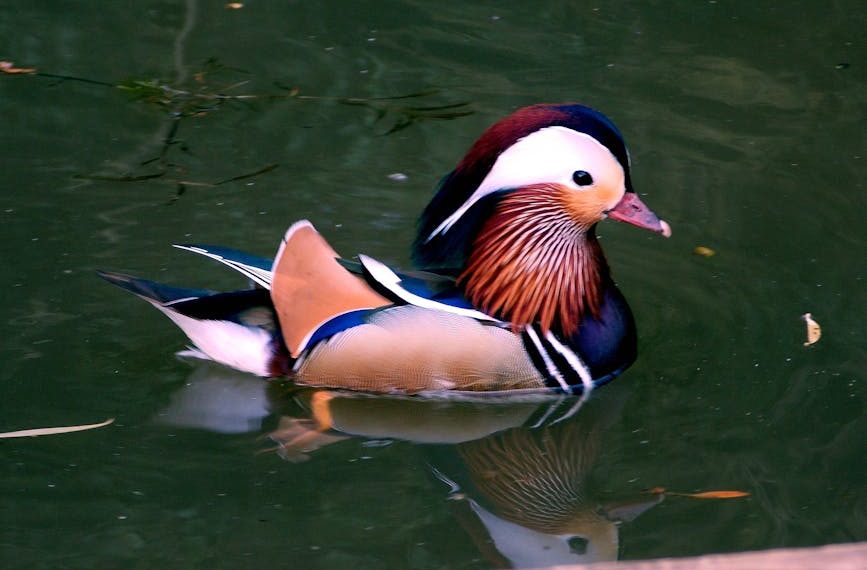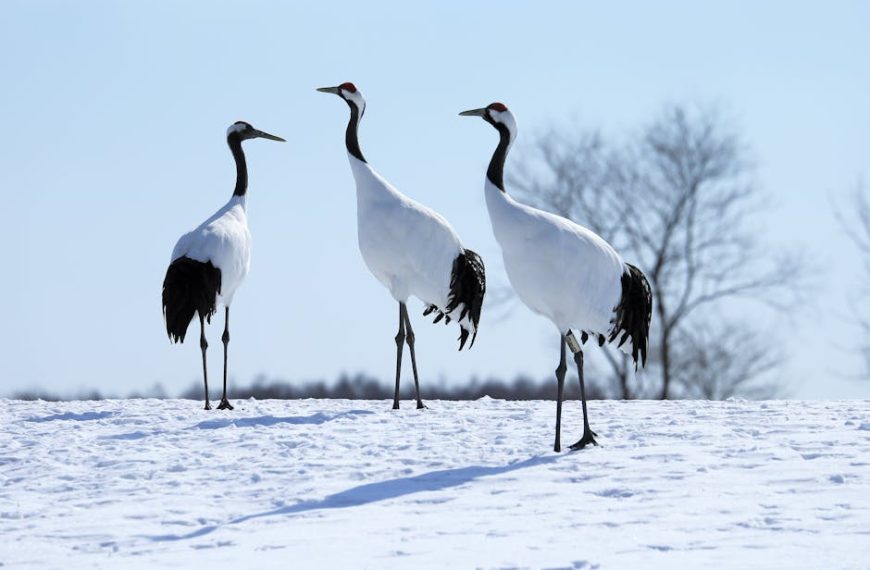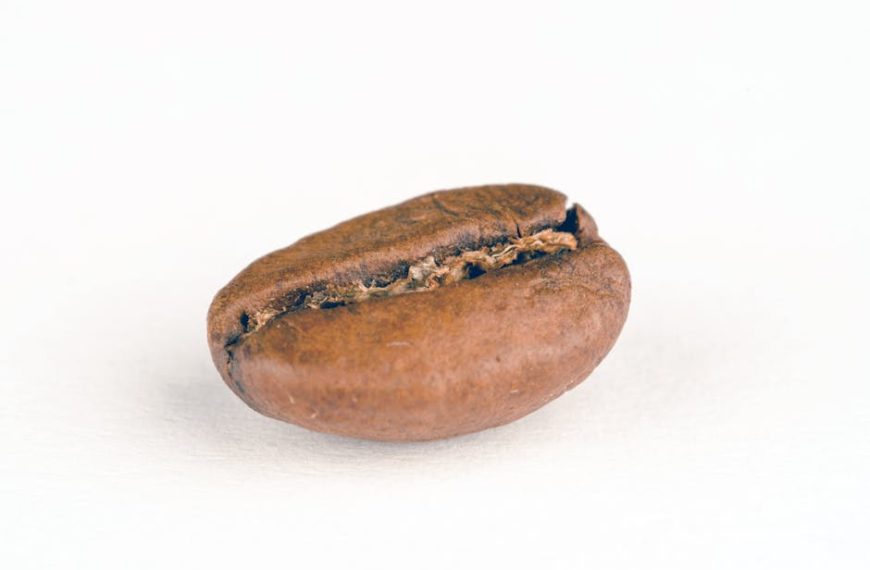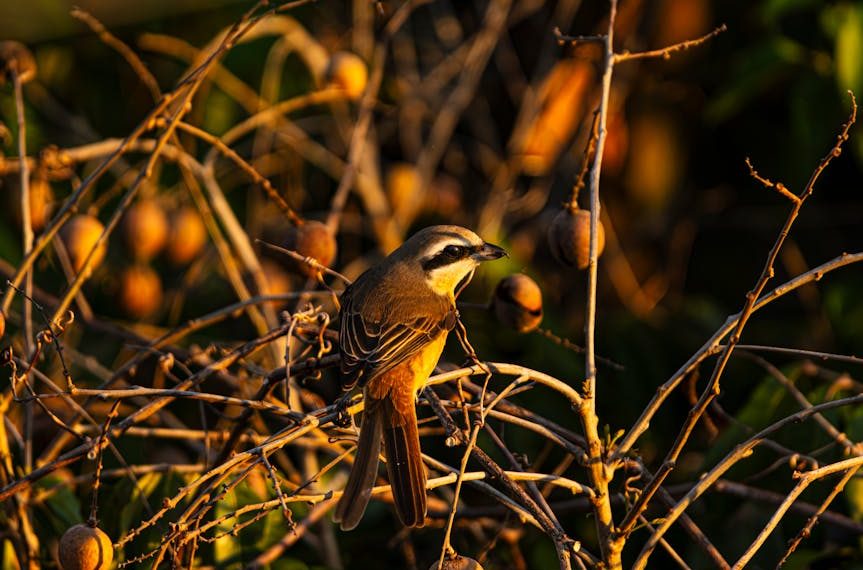Just like humans, birds come with a range of dietary preferences that are shaped by their species, habitat, and nutritional requirements. Seeds are a common denominator for the majority of bird species — doubly so during the harsh winter months when other food sources can be hard to come by. Pumpkin seeds, in particular, are an attractive option given their nutrient-rich profile and wide availability.
Here’s a basic checklist of common birds’ dietary needs:
- Cardinals: Seeds, fruits, and insects
- Sparrows: Seeds and insects
- Blue Jays: Nuts, seeds, and small fruits
Understanding a specific bird species’ diet can be navigated using bird-watching guides, learning from local bird-watching groups, and joining online birding communities. This is key to ensuring the food you provide is both appealing and beneficial.
The Nutritional Value of Pumpkin Seeds for Birds
A pumpkin seed is not just food; it’s a miniature nutritional powerhouse packed with essential vitamins, minerals, fiber, and a respectable dose of healthy fats — all of which contribute to bolstering bird health.
Before offering pumpkin seeds to your feathered friends, remember these tips:
- Always remove the shell of pumpkin seeds; many birds can find this hard to digest.
- Never offer salted pumpkin seeds. Salt can be harmful to birds, so always choose raw, unsalted seeds.
- Crush the seeds for smaller birds, who may struggle to consume larger pieces.
As with any food source, there are potential downsides to consider. Overfeeding can cause nutritional imbalances and attract unwanted wildlife, while underfeeding might not attract any birds at all.
Common Birds that Enjoy Pumpkin Seeds
The rich, nutty flavor of pumpkin seeds holds a broad appeal among many bird species, especially Cardinals, Blue Jays, and Sparrows. Each of these species has unique feeding habits but share the common attraction to the nutritious and energy-rich pumpkin seeds.
Here is a short list of birds which find pumpkin seeds irresistible:
- Cardinals
- Blue Jays
- Sparrows
- Chickadees
- Finches
- Nuthatches
- Dark-eyed Juncos
Each species offers an intriguing glimpse into avian diets and behavior. For instance, Sparrows show a surprising affinity for pumpkin seeds, perhaps due to their small size and the ease with which they can consume the crushed seeds. Cardinals and Blue Jays, on the other hand, seemingly enjoy the seeds whole, thriving on the bountiful nutrition they deliver in every bite.
Feeding Pumpkin Seeds to Backyard Birds
Feeding birds in your backyard can be a fun and rewarding practice, bringing you closer to nature and the ecosystems we share our world with. However, it’s crucial to adopt a responsible and sanitary approach to feeding practices, to protect both the health of visiting birds and local bird populations.
Here are some steps to safely and efficiently feed birds pumpkin seeds:
1. Purchase raw, unsalted pumpkin seeds from a reputable source.
2. Remove any shells and crush the seeds for smaller birds.
3. Scatter the seeds directly on your bird table or mix them into your standard bird feed.
4. Regularly clean feeding areas to prevent the spread of diseases.
Best practices include maintaining a careful balance between natural and supplementary feeding, keeping a clean feeder, and monitoring for signs of sick birds at the feeding site. This not only provides a safe and appealing feeding spot but also promotes healthier populations of birds in your local area.
Impact of Season on Birds’ Dietary Preferences
Changes in the season directly impact a bird’s food choices. During the colder months, when insects and other typical food sources are scarce, seeds — including pumpkin seeds — become an essential part of a bird’s diet.
Pro Tips:
- Adjust your bird feed according to the seasons.
- Monitor your feeding area to identify which bird species frequent it during different times of the year.
Finally, here’s a seasonal bird feeding guide:
- Spring: Incorporate a variety of seeds, suet, and fruit.
- Summer: Reduce the quantity of feed, but keep supplying fresh water.
- Autumn: Offer pumpkin seeds, sunflower seeds, and millet.
- Winter: Provide high-energy foods like pumpkin seeds and suet.
In conclusion, pumpkin seeds serve as a delicious and incredibly nutritious food source to many birds. So next time when you have extra pumpkins lying around, especially after Halloween or during the autumn season, remember the little feathered fellows in your neighborhood. They’ll greatly appreciate the treat!
Key Takeaway:
- Different bird species have varied dietary preferences and seeds, such as pumpkin seeds, form a significant part of their diets due to their nutritious value.
- Pumpkin seeds are a rich source of vitamins, minerals, fiber, and healthy fats, all crucial for birds’ health.
- A bird’s diet can also be influenced by the changing seasons, with seeds like pumpkin seeds becoming more important during winter when other foods are scarce.
- Common birds that enjoy eating pumpkin seeds include cardinals, blue jays, sparrows, chickadees, finches, nuthatches, and dark-eyed juncos.
- Feeding birds in your backyard requires a responsible and sanitary approach to avoid spreading diseases.
Feeding birds can be a rewarding pastime and offers us a deeper connection to the natural world. Ensure to do it responsibly and adapt your practices with the changing seasons for the better health of our little feathered fellows.
FAQs
Q: Can I feed birds with only pumpkin seeds?
A: While birds do enjoy pumpkin seeds, it’s crucial to provide them with a diverse diet. Different seeds, fruits, insects, and fresh water should also be part of their diet to meet their nutritional needs.
Q: Can birds eat other parts of the pumpkin?
A: Yes, birds can safely consume other parts of the pumpkin, such as the flesh and seeds. However, always avoid any part of the pumpkin that has begun to rot or shows signs of mold, as these can be harmful to birds.
Q: How often should I clean my bird feeder?
A: As a general rule, bird feeders should be cleaned at least once every two weeks. However, if you notice that the feeder or the surrounding area is soiled, it’s best to clean it immediately.
Q: Can I feed birds with pumpkin seeds all year round?
A: Yes, you can feed pumpkin seeds to birds all year round. However, they are particularly beneficial during colder months when other food sources may be scarce.
Q: Can pumpkin seeds be given to birds in their shells?
A: Some larger birds may be able to crack open the shells of pumpkin seeds. However, for smaller birds, it’s best to remove the shells first as they can be hard to digest.
Don’t forget to share this article with fellow bird lovers, and stay tuned to our website for more exciting and informative articles about our feathered friends.












